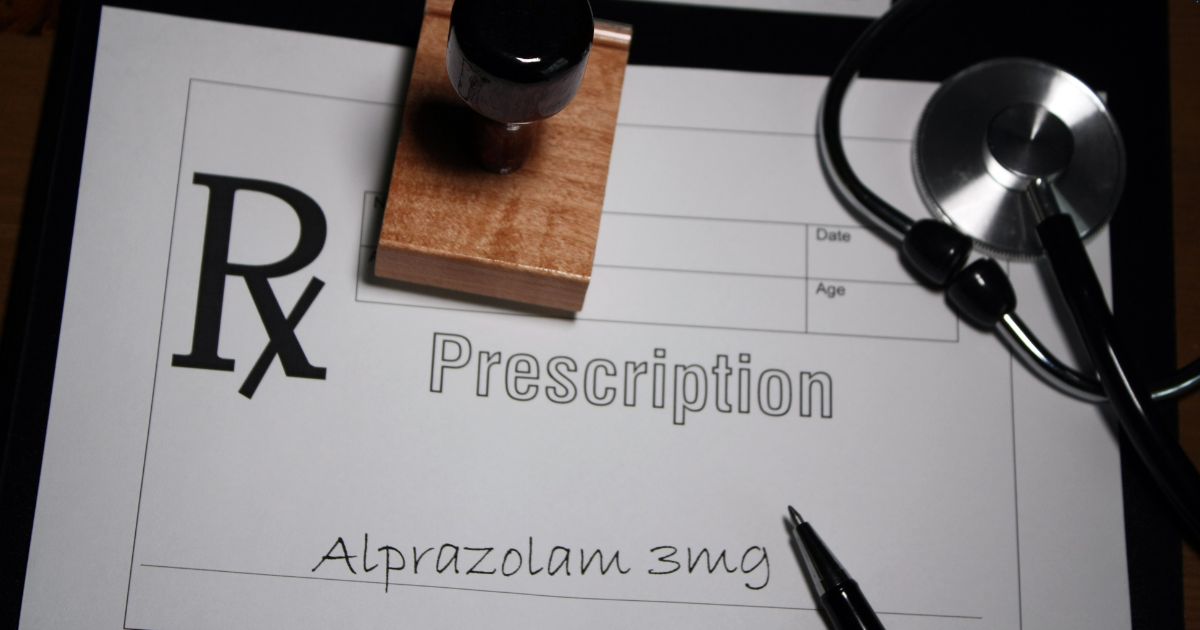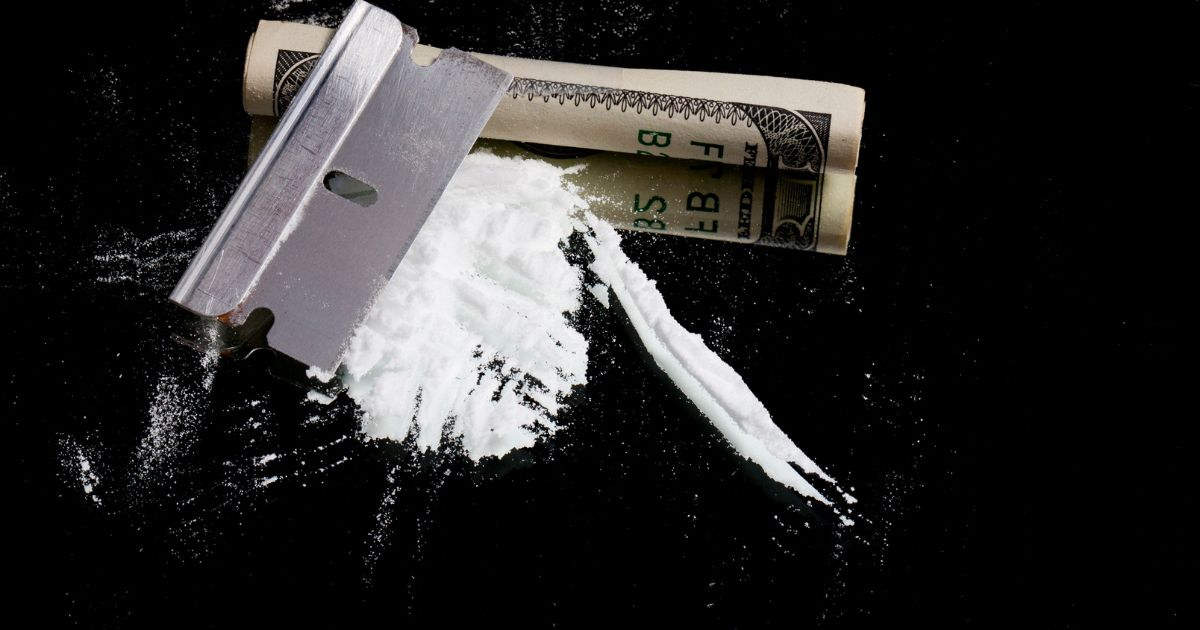The US is experiencing a rise in methamphetamine usage and associated overdoses. According to a study in JAMA Psychiatry, crystal meth overdoses increased five-fold between 2012 and 2018. Another study in the same publication called methamphetamine addiction “the next crisis,” citing that rates of addiction had doubled over the past ten years.
In this article, we’ll walk you through what happens during a meth overdose, how to recognize the symptoms, and what to do afterward.
What Is a Crystal Meth Overdose?
A crystal meth overdose is when a person takes crystal meth in such quantities that their body is unable to handle it. They experience breathing issues from rapid heart rate and fluid in the lungs, seizures, and other neurological effects, as well as severe sweating, nausea, and other problems. In severe cases, this is known as “overamping” and can lead to a meth overdose.
Meth Use Statistics
- Among Americans aged 12 or older, 0.9% (about 2.5 million people) reported using meth in 2021
- Roughly 1.6 million people reported seeking meth addiction treatment in 2021
- There were approximately 32,537 meth overdose deaths in 2021
- Of those, 2,194 overdose deaths occurred in California in 2017, an increase of 237% over the previous eight years.
- Meth is increasingly being cut with fentanyl, leading to a spike in overdose deaths.
- In California, the overdose rate per 100,000 people doubled from 1.1 to 2.2 from 2018 to 2023
One thing to note about meth overdose deaths is that most deaths occur when the meth is mixed with other drugs. A seven-year study of meth overdose deaths in Australia found that in 83% of cases, the person took multiple drugs (ex: opioids, sedatives, etc). In only 6.1% of cases, meth was identified as the single drug in a meth overdose case.
How Do People Use Meth?
People use meth in several different ways, each one with the potential for an overdose of crystal meth:
Injecting Meth
Injecting meth, also known as “shooting up,” involves dissolving the drug in water and injecting it directly into the bloodstream using a needle. The drug quickly dissolves and is delivered to the brain, resulting in an intense and immediate high, often described as a “rush” or “flash.”
Injecting meth also carries serious risks. Because the effects are the most immediate, it leads to powerful feelings of euphoria, as well as other symptoms that can quickly lead to overamping and overdose. Injecting meth also increases a person’s risk of infection, including for STDs like AIDs.
Smoking Meth
Smoking meth involves inhaling the vapor produced by heating the drug, usually on a glass pipe, often referred to as a meth pipe. This method also delivers the drug quickly to the brain, producing a rapid and intense high similar to that of injecting but without the use of needles. Smoking meth is the most popular method of consumption.
Snorting Meth
Snorting meth involves inhaling the powdered drug through the nose, where it is absorbed into the bloodstream through the nasal tissues. This method produces a high that is less intense and takes longer to onset compared to injecting or smoking.
Each method of meth use has its own set of immediate effects, health risks, and potential for addiction and methamphetamine overdoses.
Get confidential help from our addiction treatment specialists in Orange County. Call to join our rehab program today!
Call 866-881-1184What Are the Signs and Symptoms of Crystal Meth Overdoses?
The signs of overamping or potential meth overdose include physical and behavioral signs.
Physical Signs of Meth Overdose
- Hyperactivity
- Twitching
- Increased heart rate – this is especially true if the meth is cut with cocaine, which is known to be particularly damaging to the heart.
- Hyperthermia (high body temperature)
- Excessive sweating
- Nausea
- Vomiting
- Headaches
- Difficulty breathing
Behavioral Signs of Meth Overdose
- Extreme paranoia
- Aggressive behavior
- Hallucinations
- Delusions
- Disorientation and inability to think clearly
- Severe panic attacks
- Anxiety
- Restlessness
- Insomnia
- Erratic behavior
If a person is unconscious, likely, meth is not the sole cause. Remember: meth is a stimulant, so it will generally keep a person conscious.
However, street meth can be cut with substances like heroin or fentanyl. In these cases, you may see signs more typical of opiates, like snorting or gurgling (due to fluid filling the lungs). The person’s skin may turn blue or purple due to a lack of oxygen.
Learn more about meth addiction symptoms here.
How Much Meth Does it Take to Overdose?
It’s likely multiple grams, at least.
However, this is a difficult question because it differs for everyone. Multiple factors can influence how much meth causes an overdose.
Factors that Influence a Methamphetamine Overdose
- First-Time Use – People who are trying meth for the first time have no tolerance and are thus at greater risk of meth overdose.
- Method of Consumption – Those who inject or smoke meth get the drug into their bloodstream much faster, resulting in a faster and more intense high. This increases the risk of overamping and overdose. Snorting and other methods of injection may be slightly less dangerous in this regard – however, the risk of meth overdose is still high, regardless of the process.
- Polysubstance Abuse – Using meth in combination with other substances, particularly depressants like alcohol or opioids, can increase the risk of overdose due to the effects on the body. Meth is increasingly being cut with fentanyl, a drug that can cause an overdose in exceedingly small amounts.
- Overall Cardiovascular Health – Those with weaker cardiovascular systems are naturally at increased risk for meth overdoses.
It’s essential to keep in mind that much of our knowledge of drug overdoses in recent years relates to opioids. With opioids like heroin and fentanyl, there is a clear line between a high and an overdose. Things like numbness and slowed breathing are clear and unmistakable signs of an overdose.
On the other hand, methamphetamine has both immediate and long-term effects on the brain and cardiovascular systems. It has been implicated in various heart and brain illnesses that can be fatal.
Instead of a sudden, life-threatening event like an opioid overdose, a meth overdose is more like a range of severe mental and physical symptoms that can gradually worsen.
Can Someone Die of a Meth Overdose?
If a person does experience a fatal meth overdose, it’s likely due to one of four things:
1) The Meth Was Cut With Something Else
Street meth is sometimes cut with other substances. This is known as a “hot shot.” Dealers may mix meth with heroin or fentanyl, both of which are potent opioids that can easily be fatal in high doses.
2) The Meth Exacerbated an Already-Existing Health Condition
A person with a weak heart has a higher risk of a meth-induced cardiac event. It’s worth noting that if a coroner’s report detects any drug in the system at the time of death and a person died of a stroke, heart attack, or seizure, the report will list an overdose as the cause of death.
3) Cumulative Damage From Long-Term Meth Use
A person who has been abusing meth for a long time will likely be living with inferior nutrition, be dangerously dehydrated (especially if they live in the Southwest, where meth use is prevalent), and be chronically sleep deprived. All this can combine to compromise a person’s constitution greatly – if they didn’t have a heart condition before starting, they likely do now.
Dehydration is a silent killer, insomnia accumulates damage to the body and brain, and malnutrition leads to a weakened immune system. All these can combine so that one more meth hit can be all that’s needed to push a person into a fatal meth overdose.
4) Brain Hyperthermia
Methamphetamine is highly neurotoxic. High enough doses will heat the brain of the person using it to nearly the biological limit. Some studies suggest that this can lead to a person’s vital functions failing, leading to a fatal meth overdose.
Even if it doesn’t directly kill the person, brain hyperthermia can lead to delirium, which can mean bad decisions like walking into traffic or sleeping outside during severe weather.
Looking for quality substance abuse treatment that’s also affordable? South Coast accepts most major insurance providers. Get a free insurance benefits check now.
Check Your CoverageWhat to Do if Someone Is Experiencing a Meth Overdose
If you think someone is going through a meth overdose, the first thing to do is get help right away. The second thing to do is to stay with that person – they’re likely panicking and won’t be in a rational state of mind.
After the meth overdose, the person will need monitoring at a hospital or treatment facility. Their vital signs, like heart rate, blood pressure, temperature, and breathing, will be closely monitored.
They may also receive a psychiatric evaluation. Even when not fatal, evidence suggests the damage from meth-induced brain hyperthermia persists. There may also be underlying mental health issues driving meth use. The American Journal on Addictions reports that around 40% of people seeking treatment for meth addiction also suffer from anxiety.
Given the psychological and neurological impact of meth use, a mental health evaluation is often necessary. This helps to identify any underlying mental health conditions and the need for ongoing psychiatric care.
Afterward, the person will likely need long-term care. That means behavioral therapy and counseling for substance abuse.
Is Meth Addiction Recovery Possible?
Yes. Despite how serious meth use is, addiction recovery is possible. South Coast Behavioral Health is here to help you do just that. Located in beautiful Orange County, we offer a full continuum of care to help you get back on your feet. We have an addiction treatment program that can help you turn things around.
This includes:
- Inpatient treatment in Orange County, California
- Partial Hospitalization in Newport Beach.
- Intensive Outpatient Treatment in Newport Beach
Throughout your stay with us, you will participate in individual and group therapy sessions, attend 12-step meetings, and take advantage of holistic and wellness services. Evidence-based therapies such as CBT will be brought to bear on any underlying conditions that may be driving your substance abuse. They can also be combined with family education, individual counseling, and support groups. This is known as the Matrix Model and is highly effective for treating meth addiction and other substance use disorders.
Don’t let meth ruin your life. We are open 24 hours a day, seven days a week, for dual diagnosis treatment for substance use disorders and mental health. If you’re ready to regain control of your life, call us at 866-881-1184 or fill out our confidential form. One of our kind and knowledgeable intake specialists will be prepared to answer any questions about drug and alcohol treatment.
- Psychostimulant drug co-ingestion in non-fatal opioid overdose – PMC (nih.gov)
- 2021 NSDUH Annual National Report | CBHSQ Data (samhsa.gov)
- Underlying Cause of Death, 1999-2020 Request (cdc.gov)
- Anxiety Disorders Among Methamphetamine Dependent Adults: Association With Posttreatment Functioning – PMC (nih.gov)
- MA-ADS-2019-08-05-Meth-Coalition–HIDTA-Director-presentation.pdf (saccounty.gov)
- Sacramento County drug overdose rate higher than state, country (kcra.com)
- “It’s called overamping”: experiences of overdose among people who use methamphetamine – PMC (nih.gov)
- Acute Methamphetamine Intoxication: Brain Hyperthermia, Blood-Brain Barrier and Brain Edema – PMC (nih.gov)
- Brain Hyperthermia Is Induced by Methamphetamine and Exacerbated by Social Interaction – PMC (nih.gov)
- Methamphetamine Overdose Deaths in the US by Sex and Race and Ethnicity | Substance Use and Addiction Medicine | JAMA Psychiatry | JAMA Network
- Methamphetamine Use Disorder: The Next Addiction Crisis – PMC (nih.gov)
- What treatments are effective for people who misuse methamphetamine? | National Institute on Drug Abuse (NIDA) (nih.gov)










